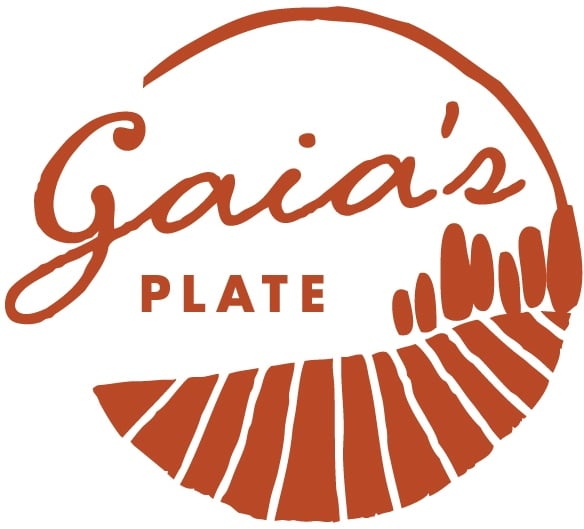December is the month for celebrating the holidays with family which in Italy translates in several occasions to meet with friends and relatives around the table and pay homage to the festive spirit with endless feasts.
The menu, generous and comforting as only the flavors of childhood can be, varies on a regional basis but usually in every house is repeated unchanged year after year: the recipes handed down from generation to generation strengthen the bond with the roots and are a way to remember and honor our loved ones.
In my family, as far as I can remember, Christmas lunch ended with many special sweets, among which the Panforte would have a place of honor. Panforte is a sweet, round, compact cake from Siena made with candied fruit, spices, almonds, honey and sugar.
THE ORIGINS- In the XIII SEC spices coming from the East made their way to the Italian tables and their extensive use, pepper in particular, led to the birth of the first spicy breads or "panes pepatos". In 1370 the Panforte was already a product for export, consumed throughout Italy on the tables of noble families during the holidays.
In addition to its alleged aphrodisiac qualities, this "bread" was also used as "emergency food" by the hungry Sienese army during the siege of the Florentines that caused the fall of the Republic (1555). Traditionally, seventeen are the ingredients that make up today's Panforte, as from 1675 seventeen are the Contrade of the Palio di Siena.
Over time, the traditional Panforte has become sweeter and less spicy. Among the types of Panforte that are currently on the market, the "Margherita" Panforte is considered the classic Panforte of our times and was created in honor of the Regina Margherita’s visit in 1879. Among the basic ingredients we find honey, almonds, walnuts, cinnamon, nutmeg, cloves, candied pumpkin, citron and candied orange peel. This panforte is covered with vanilla sugar and has a more delicate taste than Panpepato which is covered with a mixture of various types of pepper and has a more decisive and spicy taste.
THE LEGENDS- In addition to the historical evidence, there are many legends about the origin of Panforte. One tells that Panforte was invented in the Middle Ages by a nun - Sister Berta - worried about the health conditions of the Sienese population weakened by the siege of the city. She prepared a highly energetic cake mixing honey, candied fruit, almonds, spices and a lot of ginger.
Another legend, of a more romantic character, puts the invention of Panforte on Sister Ginevra’s hands, a nun who was put in convent because in love with the wrong gentleman: while she was busy preparing the "pan melato" with dried and candied fruit, she heard the voice of the beloved Messer Giannetto da Perugia, whom she believed to have died during the Crusades. In the turmoil she started adding an uncontrolled mixture of spices and pepper, creating a sweet taste with a spicy and intense aroma.
Whatever the true origin of Panforte, this unique dessert is always enjoyed on a Tuscan Christmas table, served sliced and accompanied by a good Vinsanto.
Happy Holidays!




